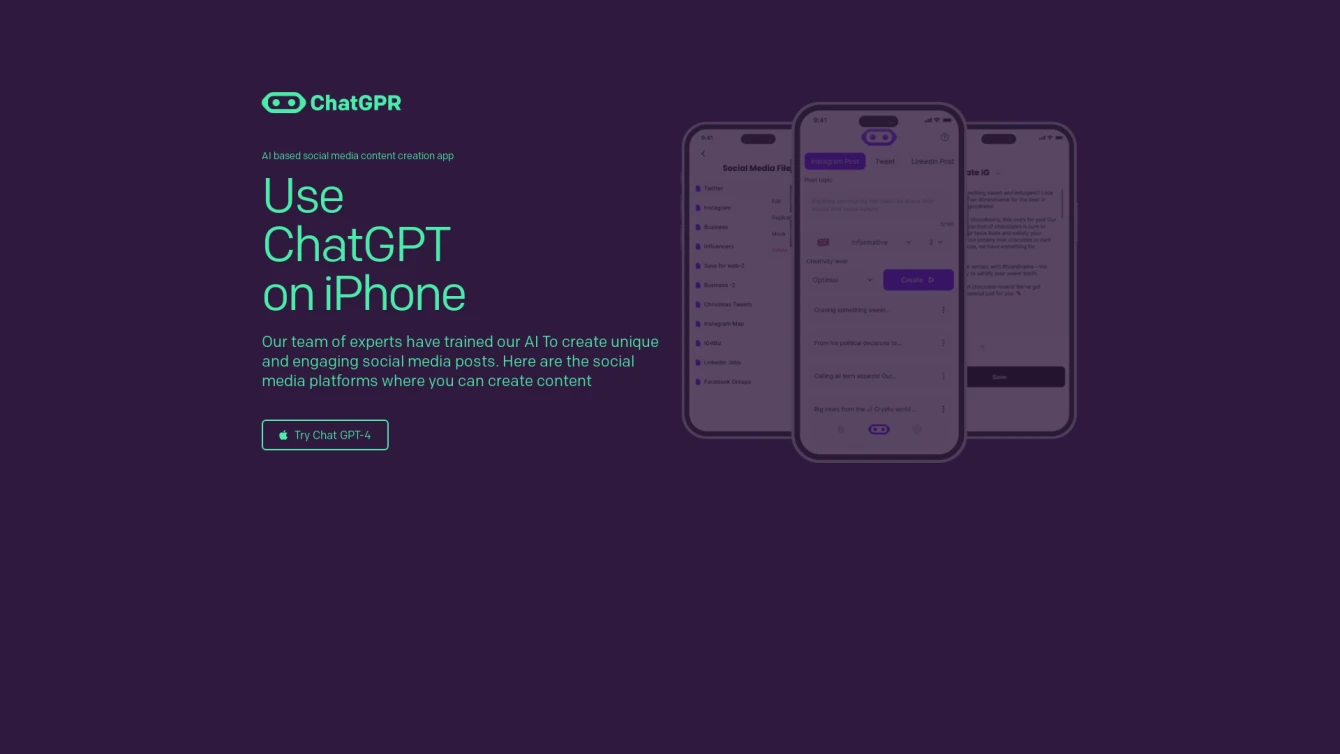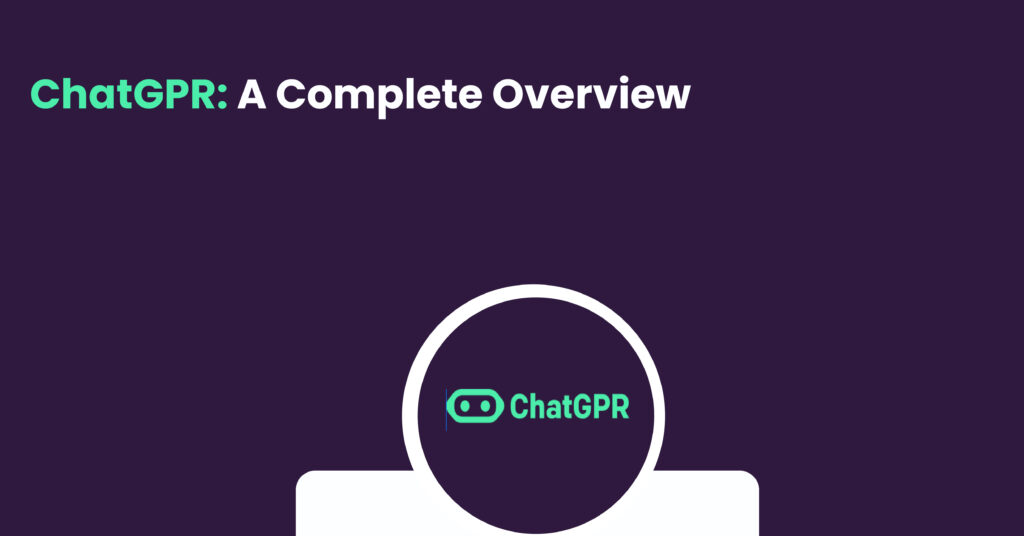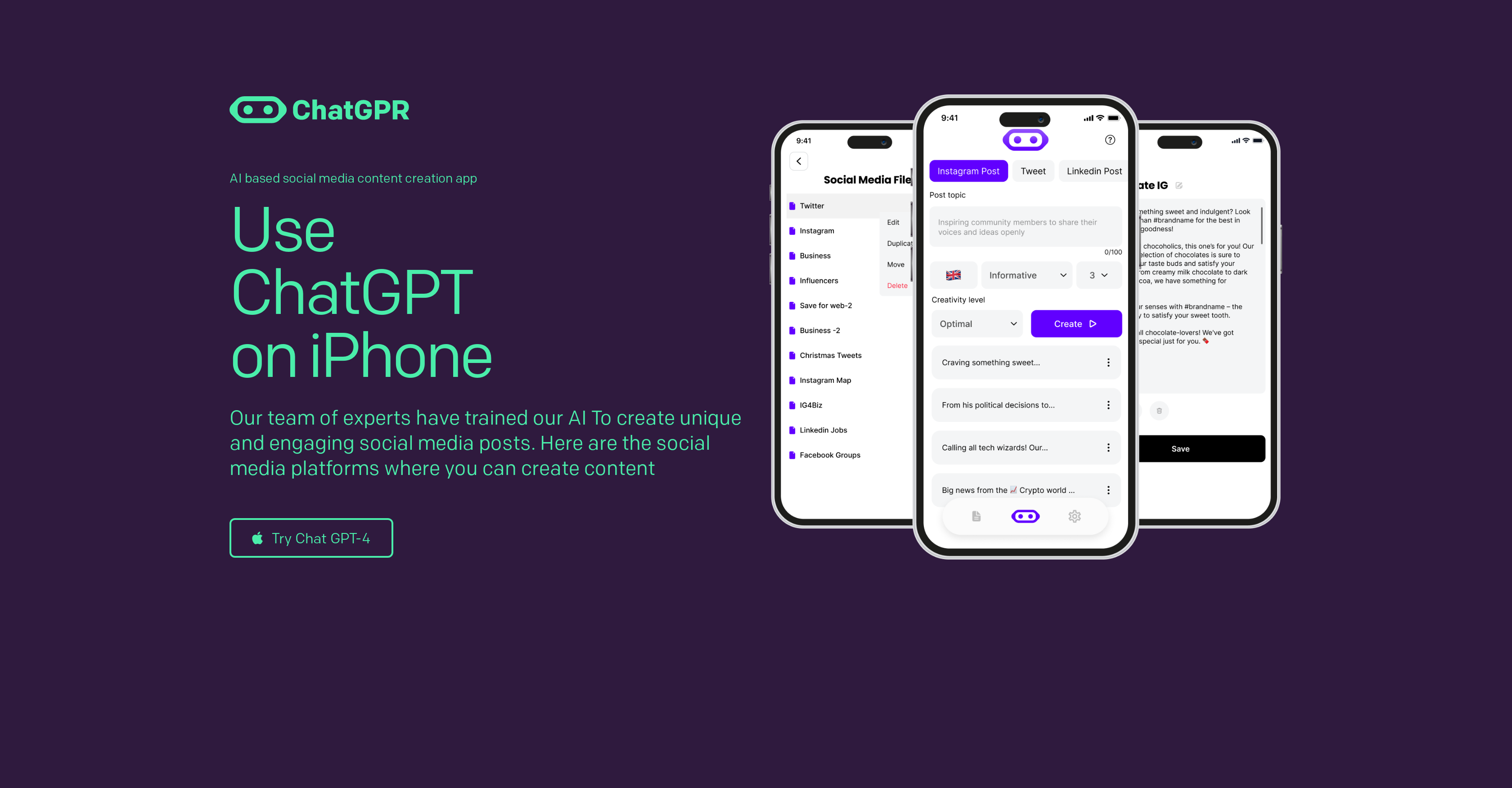ChatGPT has taken the world by storm, revolutionizing how we interact with artificial intelligence. This cutting-edge technology offers a wide range of applications that cater to businesses, educators, and individuals alike. As we delve deeper into this topic, you'll discover how ChatGPT is transforming industries and enhancing productivity in ways never seen before.
Artificial intelligence (AI) has been evolving rapidly over the past few years, and ChatGPT stands at the forefront of this revolution. Developed by OpenAI, this AI model has become a game-changer in the field of natural language processing. Its ability to understand and generate human-like text has opened up new possibilities for communication, content creation, and problem-solving.
In this article, we will explore the ins and outs of ChatGPT, from its origins and functionalities to its practical applications and potential challenges. Whether you're a business owner, a tech enthusiast, or simply curious about AI, this guide will provide you with valuable insights into how ChatGPT can benefit you. Let's dive in!
Table of Contents
- Introduction to ChatGPT
- History and Development
- Key Features of ChatGPT
- Practical Applications
- Benefits of Using ChatGPT
- Limitations and Challenges
- ChatGPT vs Other AI Models
- Ethical Considerations
- The Future of ChatGPT
- Conclusion
Introduction to ChatGPT
ChatGPT is a state-of-the-art language model developed by OpenAI that leverages advanced machine learning techniques to generate human-like text. It is designed to engage in natural conversations, answer questions, and assist users in various tasks. The model's ability to understand context and generate coherent responses has made it an invaluable tool for businesses and individuals alike.
What Makes ChatGPT Unique?
While there are many AI models available today, ChatGPT stands out due to its superior performance in natural language understanding and generation. Some of its standout features include:
- Contextual understanding
- Multi-language support
- Customizable outputs
- Real-time interaction
History and Development
The development of ChatGPT began as part of OpenAI's ongoing efforts to advance AI technology. It builds upon the success of its predecessors, such as GPT-3, and incorporates the latest advancements in deep learning and neural networks. Over the years, OpenAI has invested heavily in research and development to refine the model's capabilities and improve its performance.
Key Milestones in ChatGPT's Evolution
- 2018: Introduction of the first GPT model
- 2020: Launch of GPT-3, a major breakthrough in AI
- 2022: Development of ChatGPT as a specialized conversational AI
Key Features of ChatGPT
ChatGPT is equipped with a wide array of features that make it a versatile and powerful tool. Below are some of its most notable capabilities:
1. Natural Language Understanding
ChatGPT excels at understanding the nuances of human language, enabling it to interpret complex queries and provide accurate responses.
2. Customization Options
Users can tailor ChatGPT's outputs to suit their specific needs, whether it's adjusting the tone, style, or level of detail.
Practical Applications
ChatGPT finds applications in various fields, from customer service to content creation. Here are some of its most common use cases:
1. Customer Support
ChatGPT powers chatbots that handle customer inquiries efficiently, reducing the workload on human agents.
2. Content Generation
Writers and marketers use ChatGPT to create high-quality articles, blog posts, and social media content quickly and effectively.
Benefits of Using ChatGPT
Implementing ChatGPT into your workflow can yield numerous advantages. Some of the key benefits include:
1. Increased Efficiency
By automating repetitive tasks, ChatGPT allows businesses to focus on more strategic activities.
2. Improved Accuracy
ChatGPT's advanced algorithms ensure that the information it provides is both accurate and up-to-date.
Limitations and Challenges
Despite its many strengths, ChatGPT is not without its limitations. Some of the challenges associated with this technology include:
1. Bias in Training Data
ChatGPT relies on vast amounts of data for training, which can sometimes introduce biases into its outputs.
2. Security Concerns
As with any AI system, there are concerns about data privacy and security when using ChatGPT.
ChatGPT vs Other AI Models
When compared to other AI models, ChatGPT holds its own in terms of performance and functionality. However, it's important to consider the unique strengths and weaknesses of each model before making a decision.
1. ChatGPT vs GPT-3
While GPT-3 is a more general-purpose model, ChatGPT is specifically optimized for conversational tasks.
Ethical Considerations
The rise of AI models like ChatGPT raises important ethical questions. It's crucial to ensure that these technologies are used responsibly and ethically to avoid unintended consequences.
1. Responsible AI Usage
Organizations must establish guidelines and protocols to govern the use of AI models like ChatGPT.
The Future of ChatGPT
As AI technology continues to evolve, ChatGPT is expected to play a significant role in shaping the future of communication and automation. Researchers are actively working on improving its capabilities and expanding its applications.
Conclusion
ChatGPT represents a major leap forward in the field of artificial intelligence, offering unparalleled capabilities in natural language processing. By understanding its features, applications, and limitations, you can harness its power to enhance your business or personal projects. We encourage you to explore this technology further and share your experiences with us in the comments below. Don't forget to check out our other articles for more insights into the world of AI!
Sources:


